Do you have a question about the MSI B360-A PRO and is the answer not in the manual?
Lists essential tools and components needed for PC assembly.
Step-by-step guide for safely installing the CPU onto the motherboard socket.
Instructions for correctly inserting DDR4 memory modules into the DIMM slots.
Details on connecting case front panel switches and LEDs to the motherboard header.
Guide for mounting the motherboard securely inside the computer chassis.
Steps for connecting SATA data and power cables to storage devices.
Instructions for inserting a graphics card into the PCIe slot and securing it.
Illustrates how to connect external devices like keyboard, mouse, and monitor.
Explains how to connect ATX power supply cables to motherboard connectors.
Final steps to connect power and turn on the computer system.
Information on supported CPUs, chipset, and RAM specifications.
Details on PCIe slots, onboard graphics, storage, and USB ports.
Specifications for onboard audio, LAN, and rear I/O panel connectors.
Overview of hardware monitoring, BIOS capabilities, and bundled software.
Highlights unique features like VR Ready, DDR4 Boost, stability tests, and performance aspects.
Explains the meaning of LAN port LED indicators for link and activity.
Diagram showing audio jack assignments for different channel configurations.
Details on the CPU socket and DDR4 memory slots.
Information on PCIe slots and the M.2 slot for storage devices.
Details on SATA connectors, power connectors, and front panel headers.
Descriptions of various internal connectors like USB, audio, and fan headers.
How to reset BIOS and interpret diagnostic LEDs during boot.
Methods to access BIOS and a list of common function key commands.
Procedures for resetting BIOS to defaults and updating BIOS versions.
Overview of the basic BIOS interface and its navigation features.
Navigating the Advanced BIOS mode and understanding main menu options.
Configuring system date, time, and viewing basic status information.
Settings for integrated peripherals, power management, and OS configurations.
Configurations for storage, graphics, USB, Thunderbolt, and serial/parallel ports.
Managing boot behavior, secure boot, and security passwords.
Procedures for managing BIOS configuration changes and defaults.
Adjusting CPU ratios and selecting overclocking modes.
Configuring Intel Turbo Boost, EIST, and DRAM parameters.
Detailed DRAM timing, voltage control, and CPU technology settings.
Configuring CPU C-states and adaptive thermal management for power saving.
Adjusting CPU current limits, power limits, and clock frequencies.
Displays CPU/system temps and fan speeds.
Controls fan speed via PWM/DC modes and Smart Fan.
Guides for OS installation, driver setup, and utility installation.
Manages MSI software, providing access and update information.
Automates driver, BIOS, and utility updates.
Adjusts system settings, monitors status, and controls fans.
X-BOOST for performance modes, SMART TOOL for RAID/USB creation.
RAMDISK for virtual drives and NETWORK MANAGER for traffic shaping.
Prerequisites and steps for installing Intel Optane Memory.
Procedure to safely disable and remove Intel Optane Memory.
Guidance for resolving power, display, boot, audio, network, and USB problems.
Details on FCC, C-Tick, and other global compliance standards.
Policies on product recycling, battery disposal, and chemical substances.
MSI's commitment to product reuse, recycling, and responsible disposal.
Country-specific RoHS and material compliance declarations.
Resources for technical assistance and copyright details.
| ECC | No |
|---|---|
| Non-ECC | Yes |
| Memory channels | Dual-channel |
| Memory slots type | DIMM |
| Number of memory slots | 4 |
| Supported memory types | DDR4-SDRAM |
| Maximum internal memory | 64 GB |
| Supported memory clock speeds | 2133, 2400, 2666 MHz |
| Audio chip | Realtek ALC892 |
| Component for | PC |
| Motherboard chipset | Intel® B360 |
| Audio output channels | 7.1 channels |
| Motherboard form factor | ATX |
| Motherboard chipset family | Intel |
| Windows operating systems supported | Windows 10 |
| Maximum resolution | 4096 x 2304 pixels |
| Parallel processing technology support | 2-Way CrossFireX |
| Processor socket | LGA 1151 (Socket H4) |
| Compatible processor series | Intel Celeron, Intel Core i3, Intel Core i5, Intel Core i7, Intel Pentium |
| Intel® Core i3/i5/i7/i9 series | i3-8xxx, i5-8xxx, i7-8xxx |
| Maximum number of SMP processors | 1 |
| PCI Express x16 (Gen 3.x) slots | 2 |
| USB 3.2 Gen 2 (3.1 Gen 2) connectors | 0 |
| Supported storage drive interfaces | M.2, SATA III |
| BIOS type | UEFI AMI |
| LAN controller | Intel® I219-V |
| Ethernet interface type | Gigabit Ethernet |
| Cables included | SATA |
| USB 2.0 ports quantity | USB 2.0 ports have a data transmission speed of 480 Mbps, and are backwards compatible with USB 1.1 ports. You can connect all kinds of peripheral devices to them. |
| Depth | 243 mm |
|---|---|
| Width | 304 mm |

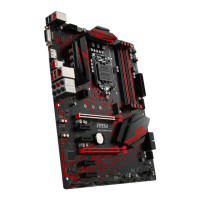

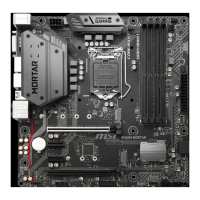
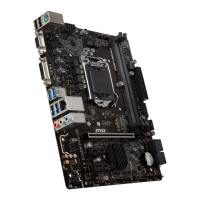

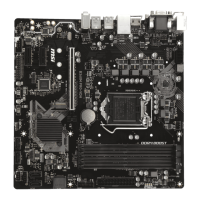
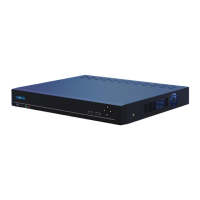

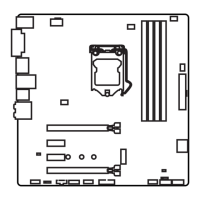
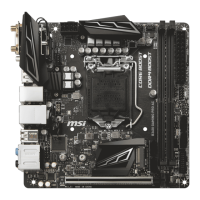
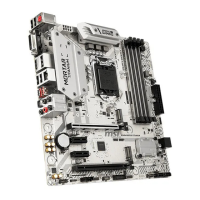
